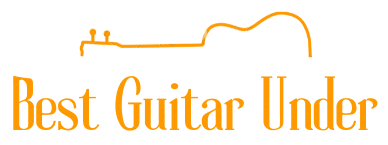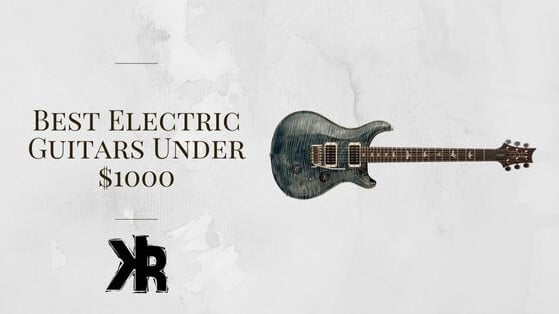The Ultimate Guide to Finding the Best Guitar Under $1000
Looking to upgrade your guitar but don’t want to break the bank? Look no further! In this comprehensive guide, you’ll learn everything you need to
LATEST GUITARS
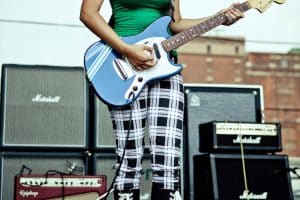
The Ultimate Guide to Choosing the Best Electric Guitar Amp for Beginners
Are you a beginner in the world of electric guitars? Are you ready to amplify your sound and take your playing to the next level? Look no further, because this ultimate guide is here to help you choose the best electric guitar amp for beginners. Whether you’re looking for a
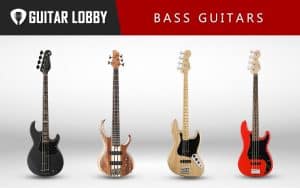
The Best Bass Guitars for Budget-Friendly Musicians
Are you a musician on a tight budget, but still want to rock out on a quality bass guitar? Look no further! In this article, we will introduce you to the best bass guitars that won’t break the bank. Whether you’re a beginner or a seasoned player, these budget-friendly options
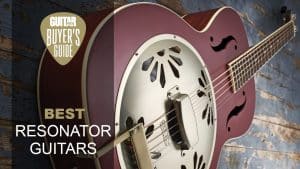
The Ultimate Guide to Choosing the Best Resonator Guitar
If you’ve ever been captivated by the distinct twang and soulful resonance of a resonator guitar, you know that choosing the right one can make all the difference in your musical journey. From the classic designs to the latest innovations, this ultimate guide will equip you with the knowledge and
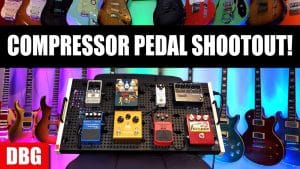
Top 5 Best Compression Pedals for Guitar
Looking to achieve the perfect guitar sound? Look no further! In this article, we will be discussing the top 5 best compression pedals for guitar. Whether you’re a seasoned musician or just starting out, having a great compression pedal can make all the difference in enhancing your guitar’s tone and
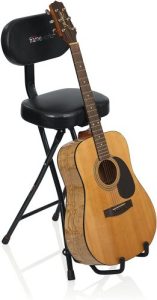
The Ultimate Guide to Finding the Best Guitar Stool
Are you a guitar player in search of the perfect stool to enhance your playing experience? Look no further! In this comprehensive guide, we will explore everything you need to know about finding the best guitar stool. Whether you’re a seasoned professional or a beginner, we’ve got you covered. We’ll

The Ultimate Guide to Finding the Best Gifts for Guitar Players
If you’re on the hunt for the perfect gift for the guitar player in your life, look no further! In this article, you’ll discover the ultimate guide to finding the best gifts for guitar players. Whether they’re a seasoned musician or just starting out, we’ve got you covered with a
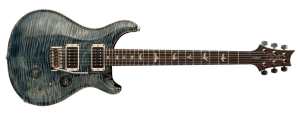
The Best PRS Guitars
If you’re a guitar enthusiast looking for the best PRS guitars in the market, then you’re in for a treat! In this article, we’ll explore a selection of top-notch PRS guitars that will make any musician’s heart skip a beat. Whether you’re a beginner or a seasoned player, these instruments
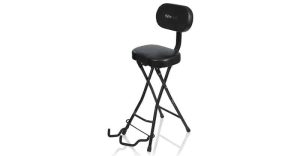
The Best Chair for Playing Guitar
Are you tired of sitting on uncomfortable chairs while playing your guitar? Look no further, because we have found the solution for you – the best chair for playing guitar! Designed with comfort and functionality in mind, this chair is specifically tailored to accommodate the unique needs of guitar enthusiasts.
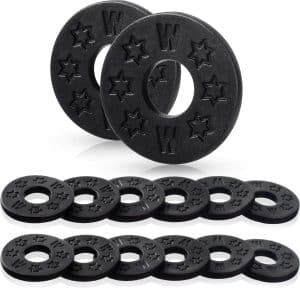
The Best Guitar Strap Locks for Securing Your Instrument
You love your guitar, but constantly worrying about it slipping off your shoulder during a performance can be nerve-wracking. That’s where guitar strap locks come in. Designed to securely fasten your instrument to the strap, these handy accessories provide you with peace of mind and freedom to move without any
